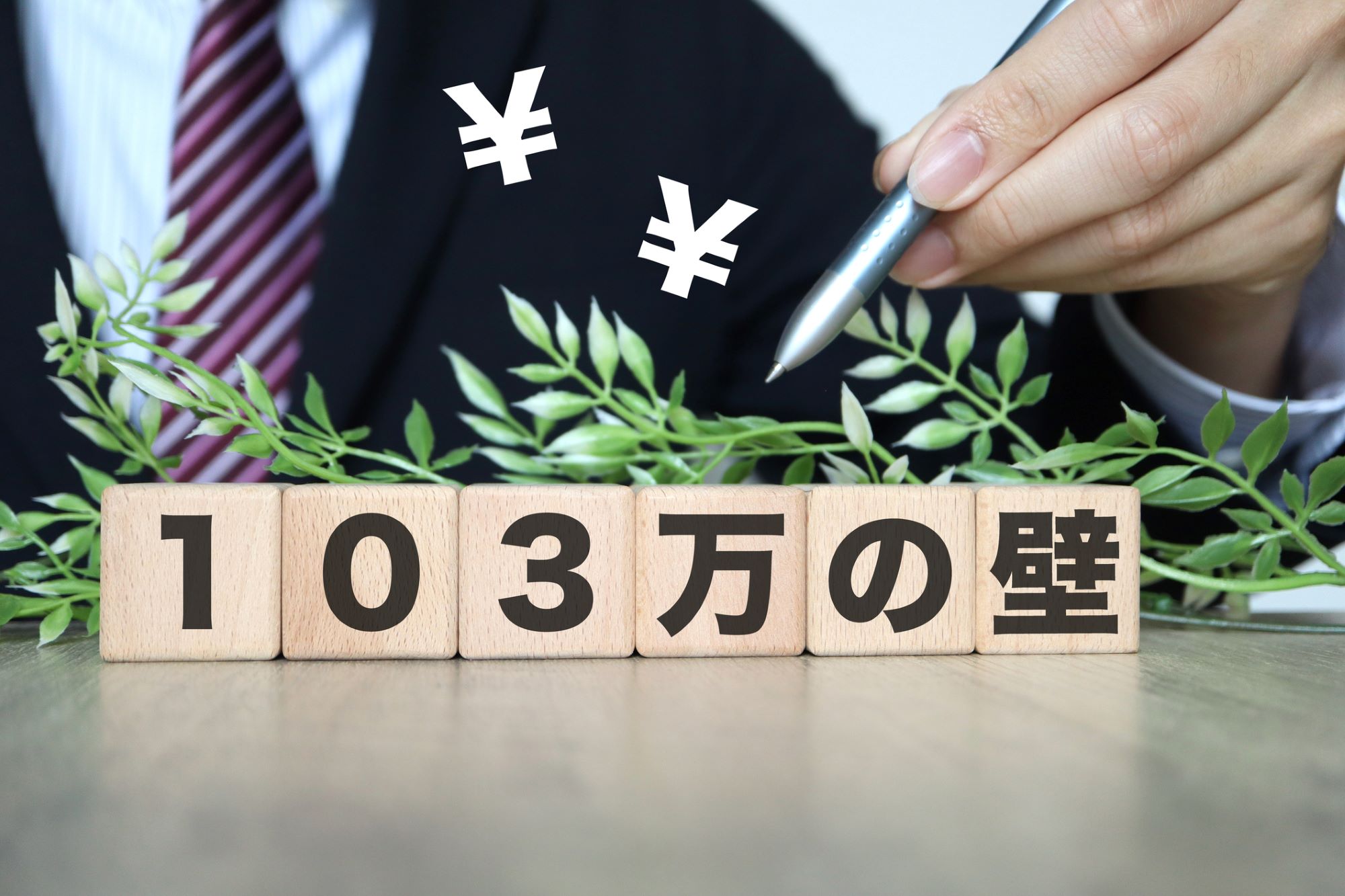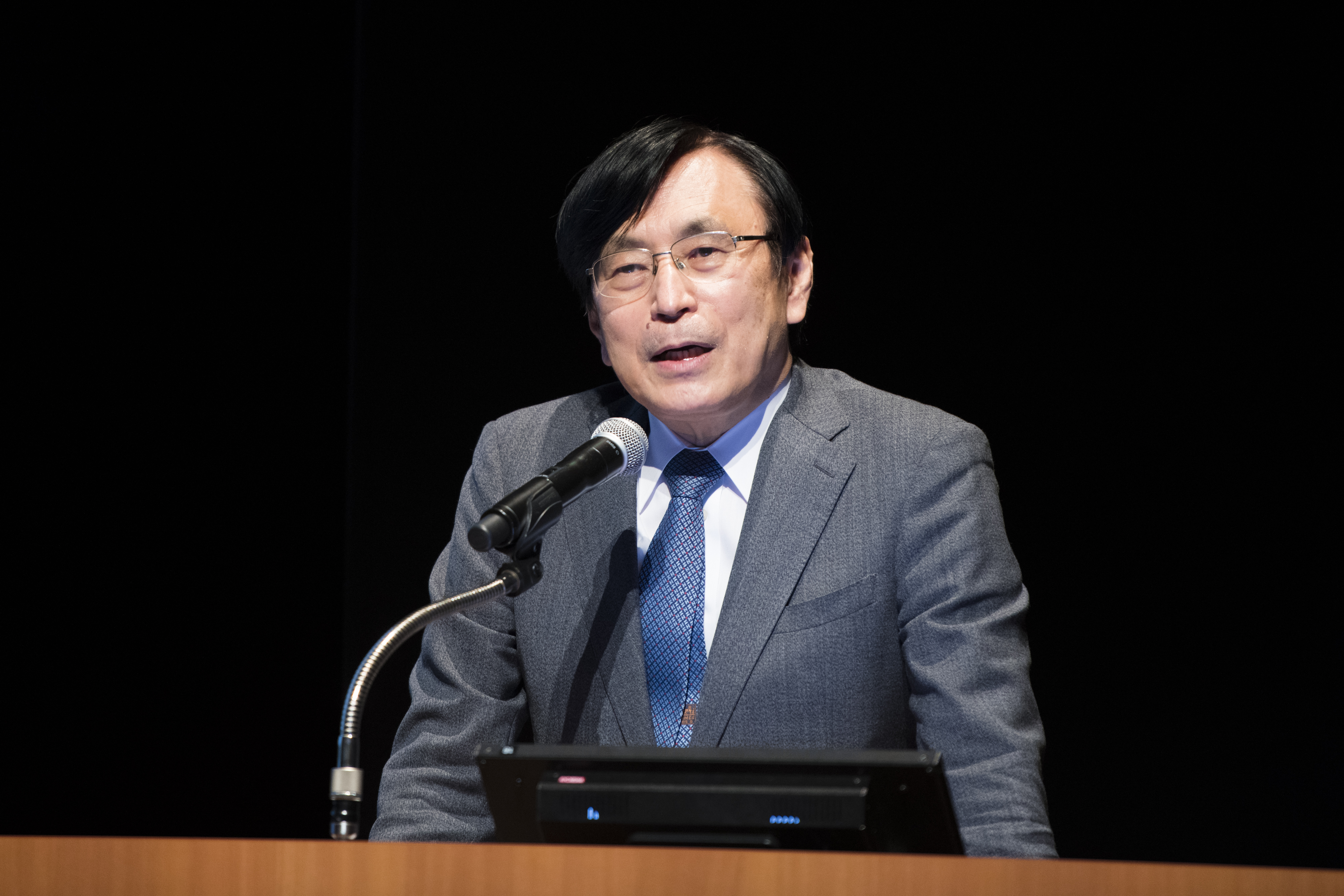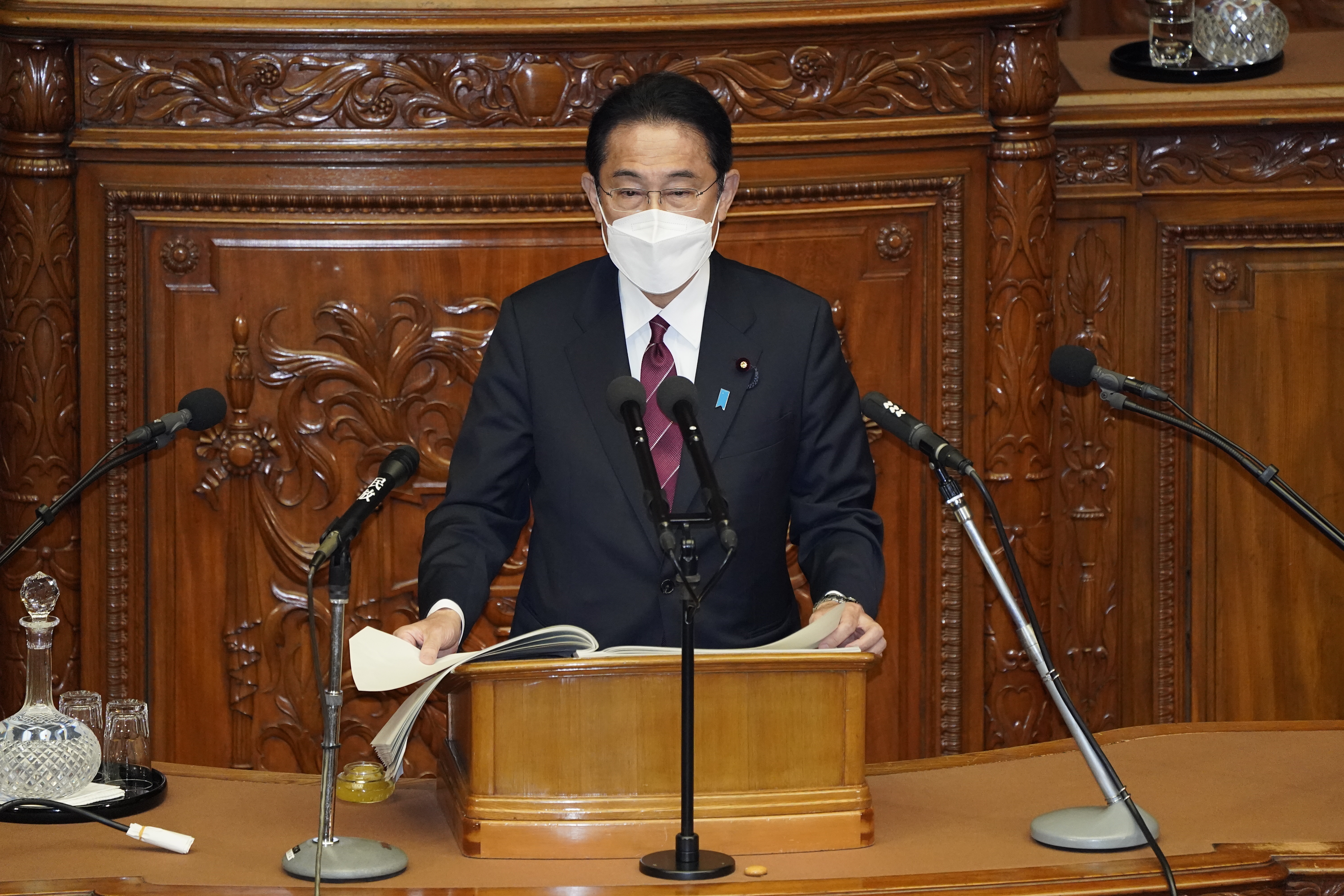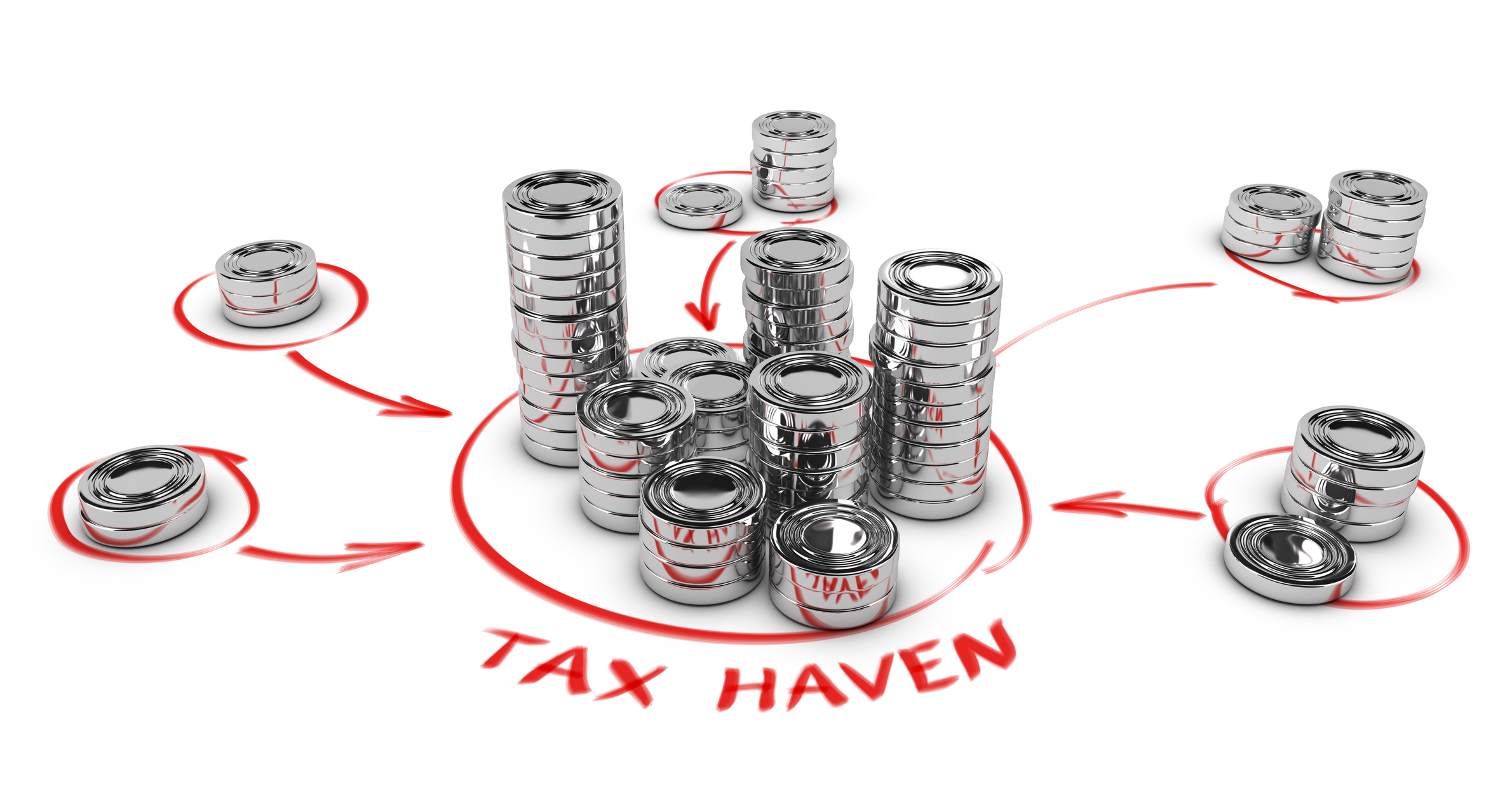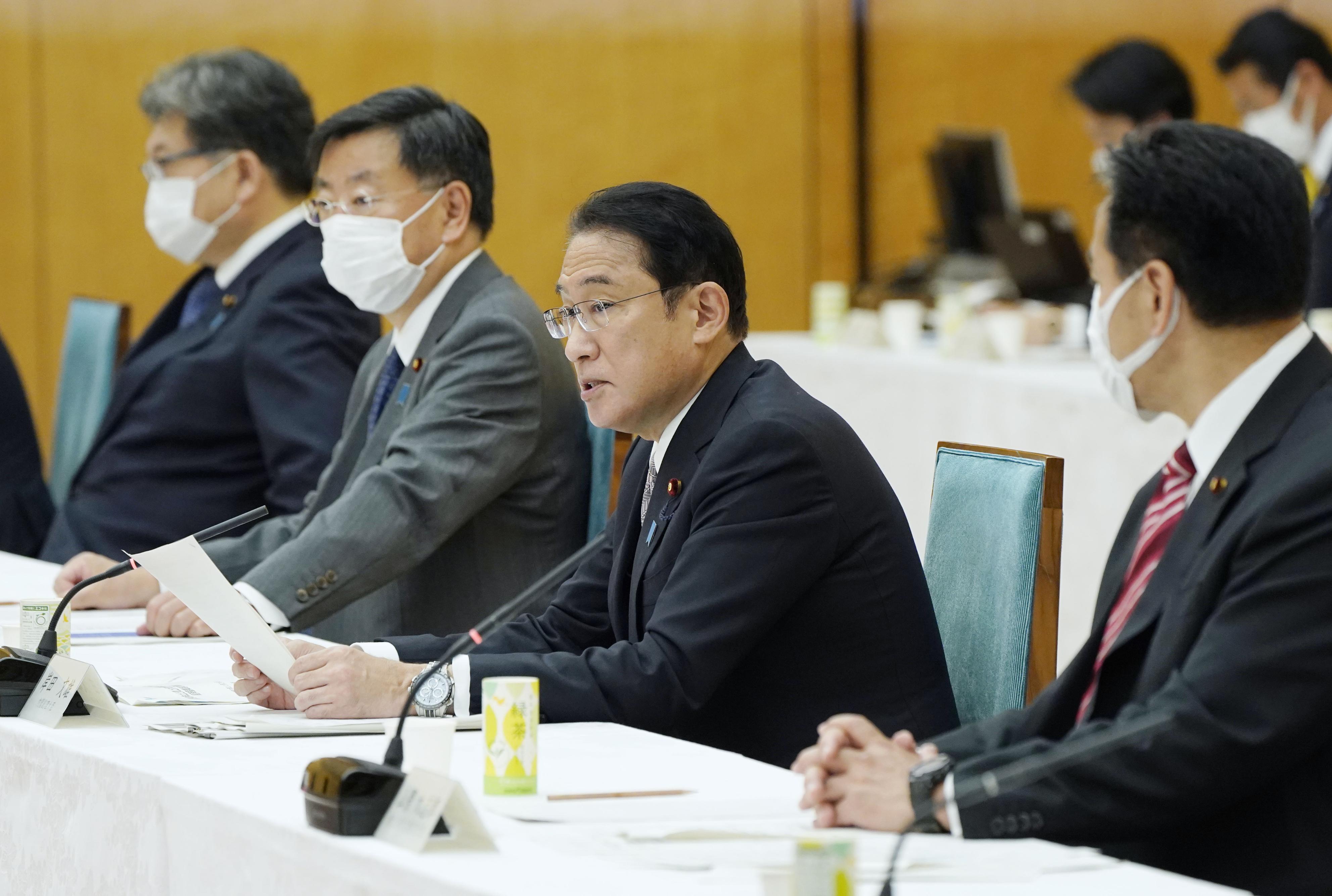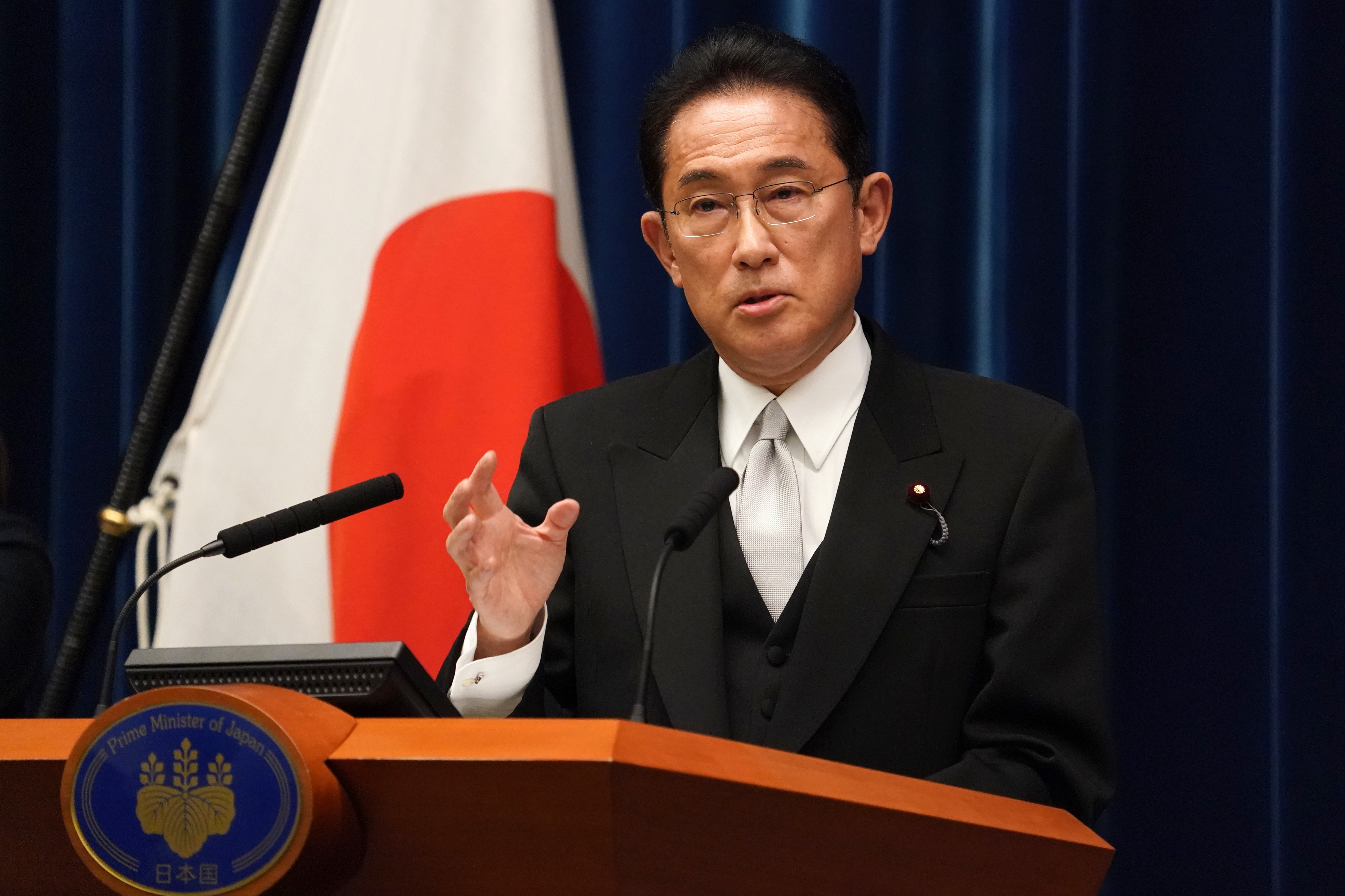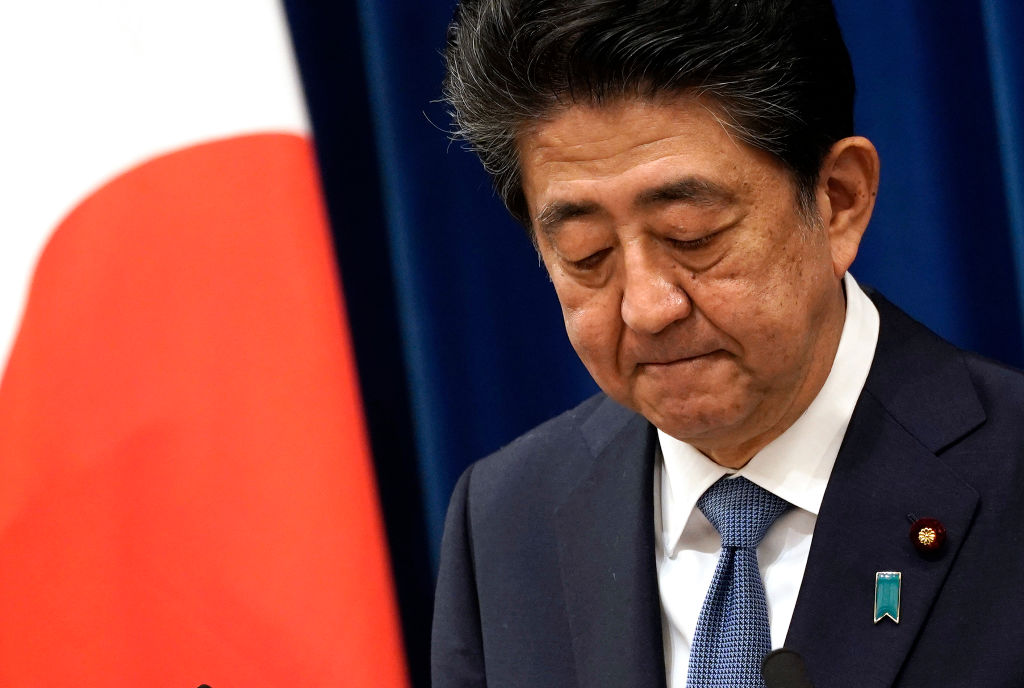
As the curtain falls on Shinzo Abe’s long tenure as prime minister, Research Director Shigeki Morinobu reviews the track record of Abenomics and highlights key policy priorities for the next administration.
* * *
Prime Minister Shinzo Abe announced his resignation on August 28, just days after setting a Japanese record for longest continuous service in the post of prime minister. How can we reconcile the Abe government’s exceptional longevity with weaknesses in certain areas of his track record? And what can the next administration learn from the successes and failures of Abenomics?
Strengths and Weaknesses
After taking the reins of government for a second time in December 2012, Prime Minister Abe set about the task of revitalizing Japan’s stagnant economy through a three-pronged policy of bold monetary easing, mobilization of fiscal resources, and a long-term growth strategy centered on private investment. This policy, known as Abenomics, has had an undeniable impact. But it has also failed to achieve some of its most important goals.
In the plus column, the Bank of Japan’s quantitative easing succeeded in reversing the rise of the yen. Corporate performance improved, fueling a jump in stock market prices and boosting employment.
In other ways, however, the results have been disappointing. With wages remaining stagnant, the promised trickle-down effect has failed to materialize. Indeed, the income and wealth gap has grown, dividing the middle class into two increasingly polarized upper and lower strata. Quantitative easing, which started out as a bold strategy to conquer deflation, has essentially morphed into monetary financing—the use of the central bank to finance deficit spending—without achieving its primary objective. Japan’s potential growth rate has stalled, and the way forward remains unclear.
The Abe cabinet oversaw two hikes in the national consumption tax, which now stands at 10%. Yet Japan’s public debt (central and local governments combined) has continued to grow. Time after time, the government has pushed back its own target for achieving a primary balance. Meanwhile, the supplemental COVID-19 budget has added vastly to the budget deficit and the risks it poses to the economy.
In short, Abenomics has hardly been a roaring success by the economic measures that count most. One might speculate that Abe’s longevity stems more from his leadership style than from his economic achievements, but in fact his tenure has been plagued by scandals rooted in cronyism and politicization of the bureaucracy. How, then, did Abe manage to remain in power so long?
Abe as an Economic Liberal
I believe that one key to Abe’s longevity, ironically, was the “liberal” appeal of his economic policies. I use “liberal” here in the American sense, to describe an approach that relies heavily on government intervention to protect individual rights and correct market failures and excesses, even while respecting the market as the fundamental mechanism for allocating economic resources. Compared with conservatives, liberals support “big government” programs as a means of guaranteeing an acceptable level of economic security for all, and they support the aggressive use of taxes and social security policies to stem the growth of economic inequality.
In the United States, the Democratic Party is generally associated with big government and liberalism, while the Republican Party is viewed as the party of small government and conservatism (although the advent of President Donald Trump has certainly muddied the fiscal distinction).
Shinzo Abe has always considered himself a conservative, but I would argue that his economic policies have been decidedly liberal in character.
One quantitative indicator of liberalism (versus conservatism) in economic policy is the size of government as measured by “national burden ratio”—that is, the combined tax and social-security burden as a percentage of national income.
In fiscal year 2012, when Abe came to power, the national burden ratio was 39.7%. In fiscal 2020, it is expected to reach 44.6%, a rise of about 5 points. This puts Japan in the neighborhood of Britain, which had a ratio of 47.7% in 2017.
Looking at the sources of Japan’s increase, we see that taxes accounted for 3.8 points, while the social security burden grew by 1.1 point. The Abe cabinet implemented two consumption tax hikes (albeit behind schedule), raising the rate from 5% to 10%. Of the additional revenue raised, however, only a negligible portion was applied to deficit reduction. Instead, the government expanded the tax hike’s purpose—paying for the rising cost of social security in an aging society—to such benefits as free preschool education and expansion of daycare capacity in an effort to enlist the support of younger voters and those with school-age children.
By contrast, during the five-year administration of Prime Minister Jun’ichiro Koizumi (2001–6), the national burden ratio rose only incrementally, from 36.7% to 37.2%. This outcome was consistent with the “neoliberal” ideology driving Koizumi’s, market-oriented, small-government reforms.
On the other hand, liberal ideology (in the American sense) was not necessarily the driving force behind Abenomics. To a considerable degree, Abe’s big-government policies were required by political and economic circumstances—most notably, the needs of a rapidly aging population. Indeed, in terms of taxes and social security contributions, the increases that occurred under Abe were a fait accompli at the time he took office. The social security reform of 2004 established a formula and schedule for gradual increases in social insurance premiums (which account for most of the social-security burden), and the consumption tax increases were mandated by an agreement reached between the major ruling and opposition parties in 2012, before the general election that swept Abe to power. In short, Abe’s shift toward big-government policies was not premeditated or ideologically motivated. But it did occur nonetheless.
Another example of the liberal side of Abenomics is Abe’s “work-style reform” plan, which sought to reduce Japan’s long working hours, narrow the pay and treatment gap between regular and non-regular workers, and promote greater participation by women and the elderly in the labor force. In encouraging workforce diversity and “equal pay for equal work,” this plan challenges the very foundations of Japan’s traditional employment system, with its trademark emphasis on lifetime employment, seniority-based pay and promotion, and enterprise unionism. Already, many companies have reduced the seniority component of their wage and personnel policies and begun shifting toward a model centered on job performance.
Unfortunately, Abe’s work-style reform plan omitted a vital component. While encouraging companies to take advantage of such nontraditional work modes as freelancing, it offered no roadmap for enhancing the economic security of freelancers and gig workers (an issue to which I return below).
In this way, the Abe administration’s pragmatic response to changing social and economic conditions resulted in the adoption of liberal economic policies that belie the prime minister’s more conservative ideology. These policies, I would submit, secured the cabinet critical support among young voters and those with school-age children and allowed Abe to remain at the helm for almost eight years.
Agenda for the Next Administration
I believe the foregoing assessment offers some important hints for Abe’s successor.
The Japanese people are in need of an economic policy that offers a vision and a clear roadmap for a new, post-pandemic Japan. In drawing up such a policy, the next administration will need to maintain the fundamentally liberal orientation of Abenomics while at the same time addressing its shortcomings and responding to the imperatives of the digital era. Here I would like to focus on two key challenges.
The first is stemming the growth of economic inequality, which the digital economy threatens to accelerate, and building a safety net compatible with our changing economy.
There can be no doubt that, without policy intervention, the spread of today’s advanced information technology (including artificial intelligence and robotics) will have the effect of exacerbating economic inequality. The answer is to bolster the redistribution of income through taxes and social security combined. The most urgent task for this purpose—particularly now, in the midst of the coronavirus pandemic—is the development of a safety net geared to rapidly changing work styles, with an emphasis on the economic security of independent workers.
In terms of a safety net, the government is currently studying the option of a refundable earned-income tax credit of the sort that many Western countries have already adopted. When administered under an integrated, digitized system, such a tax credit offers a powerful and flexible means of assisting those who are struggling to adapt to rapid economic changes. In fact, it has already played an important role in facilitating other governments’ economic response to the COVID-19 emergency.
But in order to introduce such a system, Japan needs first to build an integrated taxpayer information system and online platform utilizing the My Number taxpayer ID system. A working group (of which I am a member) within the Cabinet Secretariat is currently compiling a detailed process chart for this purpose, to be completed by the end of the year, but we need to pick up the pace.
The second policy goal is fiscal consolidation. Emergency coronavirus relief and stimulus measures have caused government deficits to explode worldwide. Unless we get serious about bringing government finances under control, we could face a secondary crisis in the form of an unsustainable social security system or the collapse of government bond prices.
In the European Union, debate is already underway on the topic of new taxes to pay down the coronavirus debt. Japan must launch a similar conversation.
In terms of tax policy, I believe Japan should move on three separate fronts: (1) development of an environmental tax, (2) revamping the way assets are taxed with a view to stemming the growing wealth gap (a global issue), and (3) taxation of big tech firms’ excess profits.
With regard to the last item, the Organization for Economic Cooperation and Development is still working to secure an international accord on taxation of the digital economy, and Japan remains an active participant in that process. Multilateral and bilateral discussion and cooperation must continue, but if the negotiations remain stalled, Japan should consider unilateral action in the form of a digital services tax.
The aim of all three of these tax measures is twofold: to pay down the debt incurred by the COVID-19 response but also to address serious problems that the crisis has thrown into high relief. With the help of these resources, we can lay the foundation for a brighter future in the spirit of Build Back Better—a plan announced by Governor Andrew Cuomo for the state of New York and later embraced by the Democratic Party.

